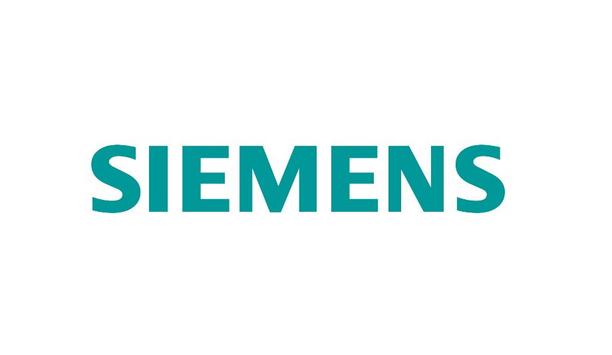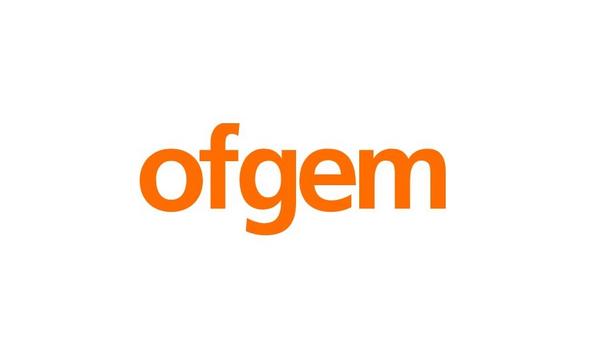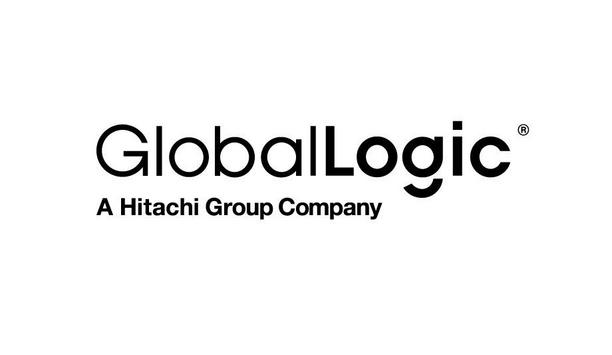Energy efficiency measures in buildings and industrial facilities are a key driver to accelerate the energy transition, but more investment and innovation is needed to speed up the pace of change.
In its report, ‘Transition Faster Together: Energy use and efficiency solutions, strategies, and policies for a clean energy future,’ DNV GL identifies five key areas and strategies that can improve the availability and uptake of energy-efficient technologies and decrease the amount of energy individuals, corporations, and countries use.
Solutions, technologies, and policies
The fourth release in DNV GL’s ‘Transition Faster’ series highlights the solutions, technologies, and policies needed to limit carbon emissions from end uses such as manufacturing and powering buildings.
Modeling predicts that the average global temperature is most likely to be 2.3º C
The Transition Faster series is a follow-up on DNV GL’s annual Energy Transition Outlook in which is forecasted that, despite the rapid uptake of renewable energy, the energy transition is currently not fast enough to reach the climate goals as set in Paris in 2015.
DNV GL forecast indicates that, alarmingly, for a 1.5°C warming limit, the remaining carbon budget will be exhausted as early as 2028, and the 2°C budget will be exhausted in 2051. Modeling predicts that the average global temperature is most likely to be 2.3ºC above pre-industrial levels by the end of the century.
Strategies
The report provides strategies and solutions that help change how—and how much—energy is used:
- Policies and regulations: A combination of incentives and more stringent regulations, especially in regard to buildings and product standards, can significantly lower the amount of energy used by buildings and manufacturing processes. While there is a desire for more uniform policy and regulation globally, these must reflect and respond to regional, geographic, and societal differences to be effective.
- Innovative financing: Energy efficiency improvements are beneficial to businesses and homeowners, but financing them is a barrier. A number of financial instruments that value sustainability and are flexible enough to accommodate investments large and small are becoming more common globally. There is also a role for stimulus spending in response to the global economic downturn, as governments around the world can unleash their spending powers to create ‘green’ jobs and increase the efficiency of technologies and processes across sectors.
- Technologies: Buildings and manufacturing both provide major opportunity for large reductions in energy use in their standard operations, but, because of the long life cycles of structure and equipment, it is often difficult to realize these benefits quickly. Decarbonizing building operations, especially heating and cooling, as well as process changes in manufacturing can significantly impact carbon emissions.
- Grid flexibility: Demand response and demand flexibility, long used by utilities to manage load during peak events, can also lower carbon emissions by shifting load to times when the energy available is lower-carbon, by using price and demand signals, smart grids, and automated control technologies. Non-wires alternatives is also gaining momentum, and removes the need for grid infrastructure updates with localized interventions that include demand side management and energy efficiency.
- New approaches to selling energy efficiency: To ensure that energy users of all types have access to energy efficient equipment, new marketplaces, business models, and approaches are needed. Promoting the non-energy benefits of energy efficient technologies, like improved occupant comfort or accident reduction, is a growing method to create greater uptake of these products for both residential and commercial customers. On-line marketplaces are also gaining traction recently, as in-person transactions are limited by the response to COVID-19. If they are launched for a large region, they also provide access to energy-efficient technologies and products in areas where the supply chain is limited.
Authority comment
Strategies that enable individuals and companies to use less energy are often the simplest approaches
Ditlev Engel, CEO at DNV GL - Energy said: “Energy efficiency may not be the silver bullet to slowing climate change, but it is a secret weapon that is accessible to most and will accelerate the transition to a clean energy future.”
“Strategies that enable individuals and companies to use less energy are one of the easiest, lowest-investment, and often simplest approaches to lowering carbon emissions, but we are seeing rates of adoption decline rather than speed up in some areas such as manufacturing and building design and operations.”
Importance of energy efficiency
Energy efficiency is one of the four pillars of deep decarbonization, joining electrification, reduction of the share of fossil fuels used in all sectors, and reduction in non-combustion emissions such as methane leaks.
Energy efficiency is one of the four pillars of deep decarbonization, joining electrification
Numerous studies of the ‘economic potential’ for energy efficiency find that households and businesses could reduce their energy consumption by 20 to 30 percent by implementing proven energy efficiency measures that pay back their investment in less than five years. Despite these favorable economics, as well as low risk and most methods to reduce carbon emissions readily available, the pace of improvement in energy efficiency, as measured by primary energy demand per unit of GDP, has declined significantly over the past 10 years.
Increase in energy efficiency over the years
Ditlev Engel added: “Over the last decade the energy efficiency of everyday items such as lighting, passenger cars, and cooling systems has increased rapidly.”
“Many multinational corporations have also made a public commitment to reducing their energy use and carbon footprint with a combination of renewable energy and increased efficiency in their operations.”
“What we really need is a faster transition with heavy investment, supportive policies for energy efficiency, aggressive national and international goals for decarbonization and net-zero energy buildings.”.







